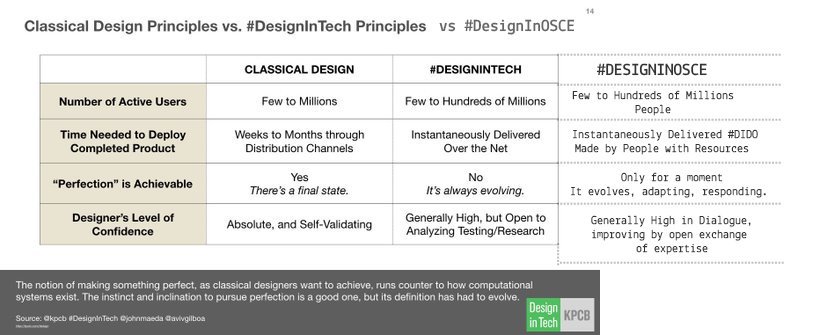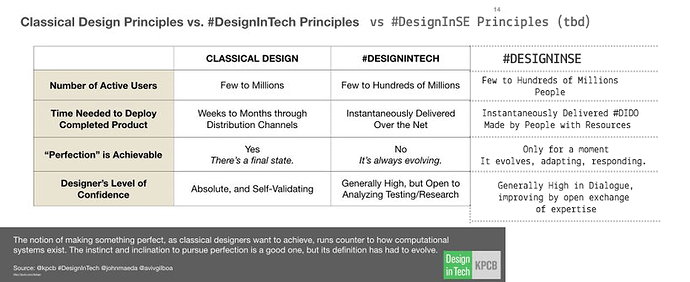New Full Version (0.2)
Intro: Hi, great work everybody. I was looking at your suggestions. Here is a new version including most of it. At the bottom you’ll find some things I did not include and my reasons for it.
5 STEP STRUCTURE
The new version has a 5 step structure. Maybe we can take this as a basic to make the language better and include or exclude information.
(Step 1 - Introduction: design for sustainability)
(Step 2 - Main concept: circular instead of linear)
(Step 3 - Main goal: synergy with biosphere and future generations)
(Step 4 - negative things to avoid)
(Step 5 - positive things, concepts and strategies to explore)
I think the information in the text is good. But now it needs a native or very skilled english speaker to make sure everything is expressed precisely, short and most importantly elegant.
In (brackets) are things I am not sure if to include or not. Depends a bit on the language, is the necessary already expressed.

Definition CE Draft 0.2
_
Circular Economy is an (holistic) approach to the design of artefacts, systems and collaboration with the goal to build a truly socially, ecologically and economically sustainable economy.
It replaces the linear “take-make-consume-dispose” paradigm for production and consumption with a paradigm of regenerativity (or circularity) where every output of every process can always feed in as an input for a new process (and materials return after the life-cycle of a product back to another production cycle as raw materials or nutrients), making the concept of waste obsolete.
The Circular Economy aims to work in a productive, preserving and mutually elevating synergy with the biosphere and future generations, not seeing (treating) them (?) as a source for resources or subject for depletion.
It is aware of problems like externalities, over consumption and rebound effects and tries to tackle them by taking a (holistic) systems thinking approach.
Therefore the Circular Economy favours and explores – where it makes sense to reach its goals – short feedback loops, local before global patterns, durability, compatibility, upgradability and adaptability, ease of maintenance and repair, readiness for dis- and reassembly of artefacts, general standardization and the use of standards and the choice of materials that are either technically recyclable – can always be brought back without loosing quality to a fresh technical manufacturing process – or biodegradable – can be released into the biosphere without harming it, but feeding it.
The Circular Economy prefers fair and free environments for people to live and work where they are not subject to conditions that undermine their capacity to meet their needs and rather enable them to participate freely, self-determined and creatively in the invention, building and continuance a Circular Economy. [1.]

COMMENTS
[1.] I would like to hear your opinions about that bit. It is good (?). But also takes a step away from the more technical stuff… And is very prominently placed here at the end.
Ok, that’s it.
Two things from the suggestions I did not include:
“basic fundamental needs” – I don’t like the concept of “fundamental needs” because it has hidden power structures. Who decides what are my fundamental needs, and what not? There is no clear line. Some people don’t need houses. Some really need a new pink-shirt every month to stay mentally healthy. I for example am really in need for the internet. But noone would have included this in any list 20 years ago. Every binary distinction produces discrimination!
“approprate scale” – also problems with the power structure. Who decides what is appropriate and what not.
Ok, looking forward to some feedback and further work with it.
@sharmarval @transitionmica @TechnicalNature @cameralibre @unteem @Justine @Alice_audrey @Ina @sophia

 literally kinda blah tbd
literally kinda blah tbd

